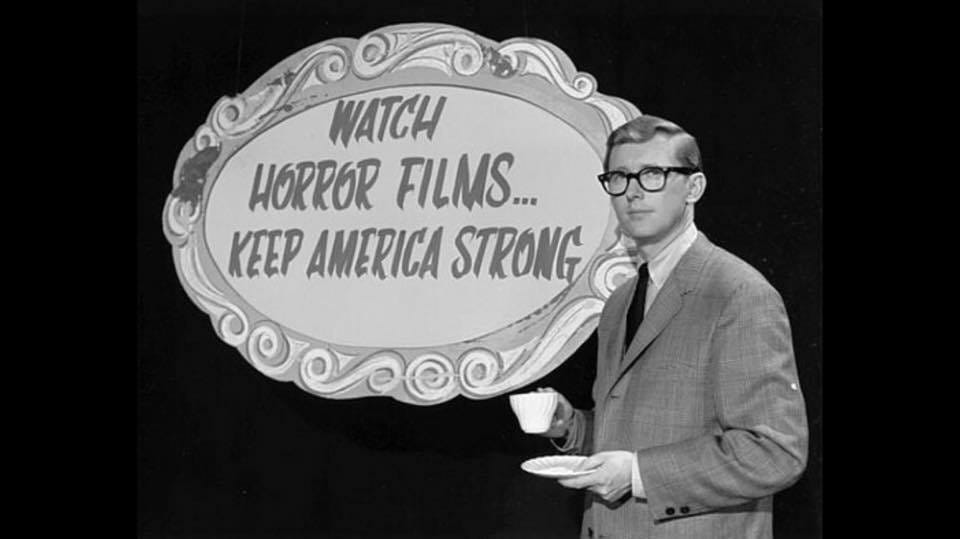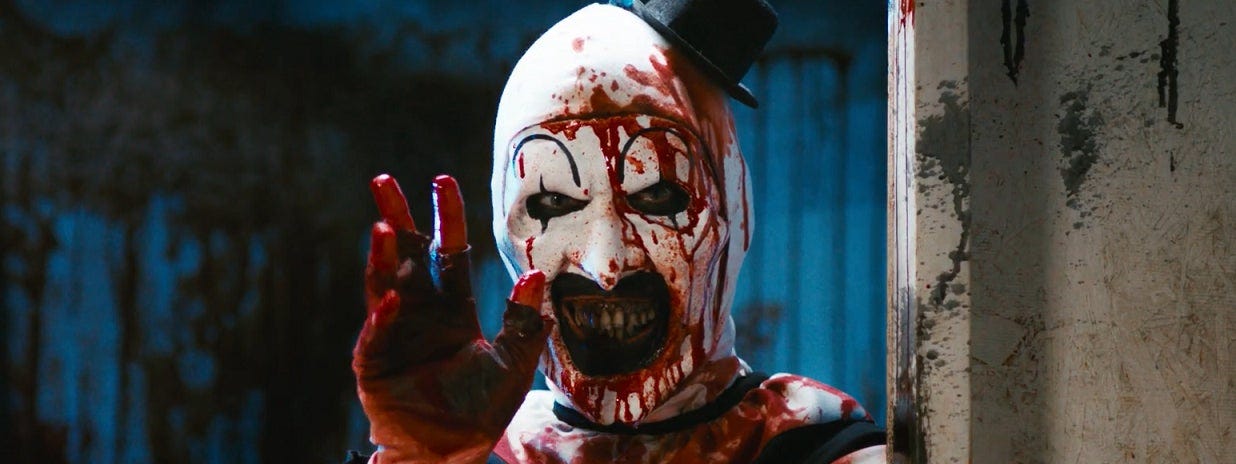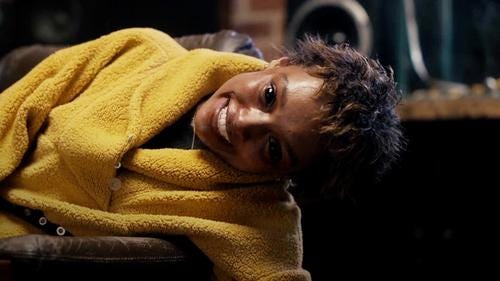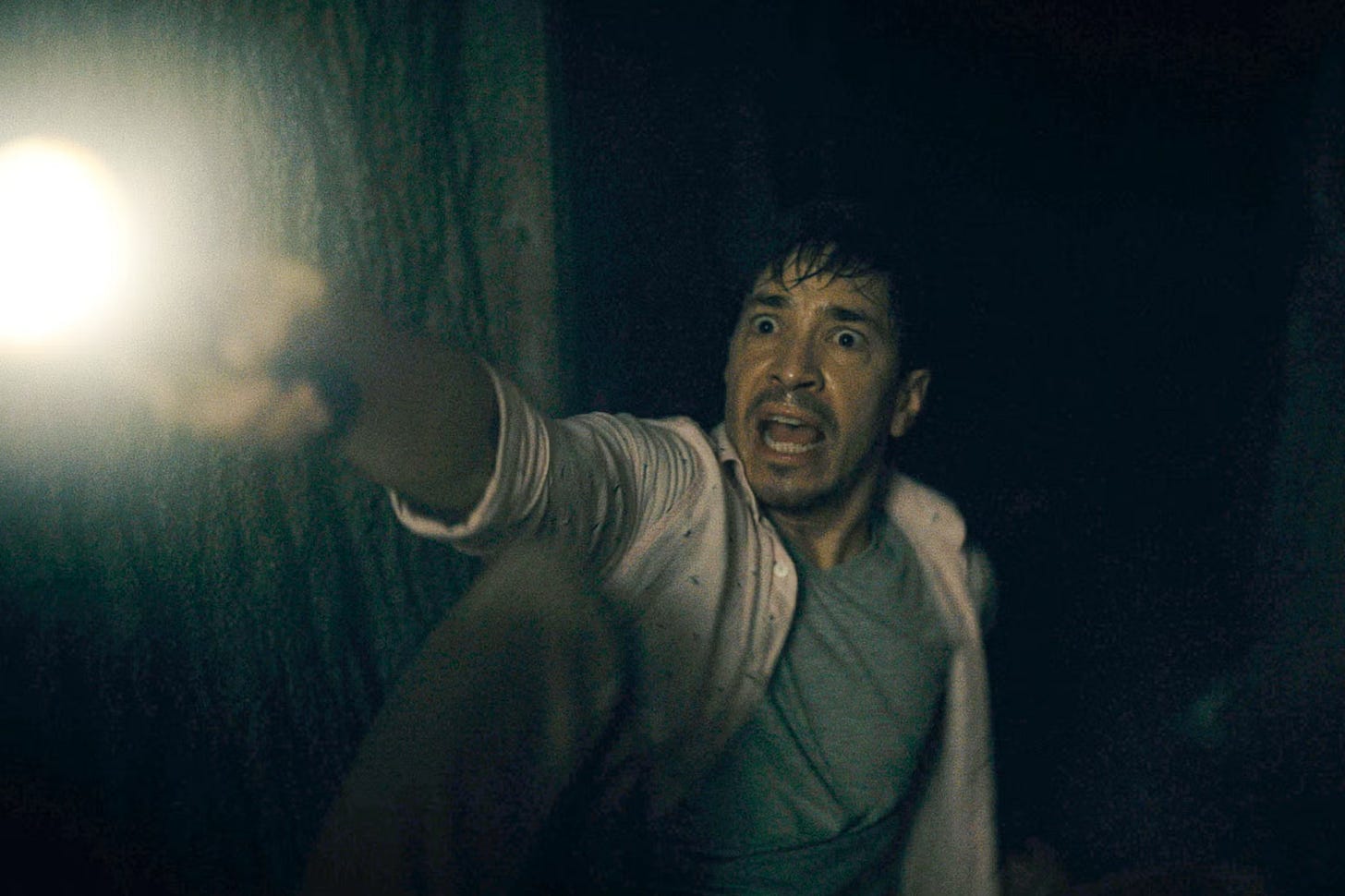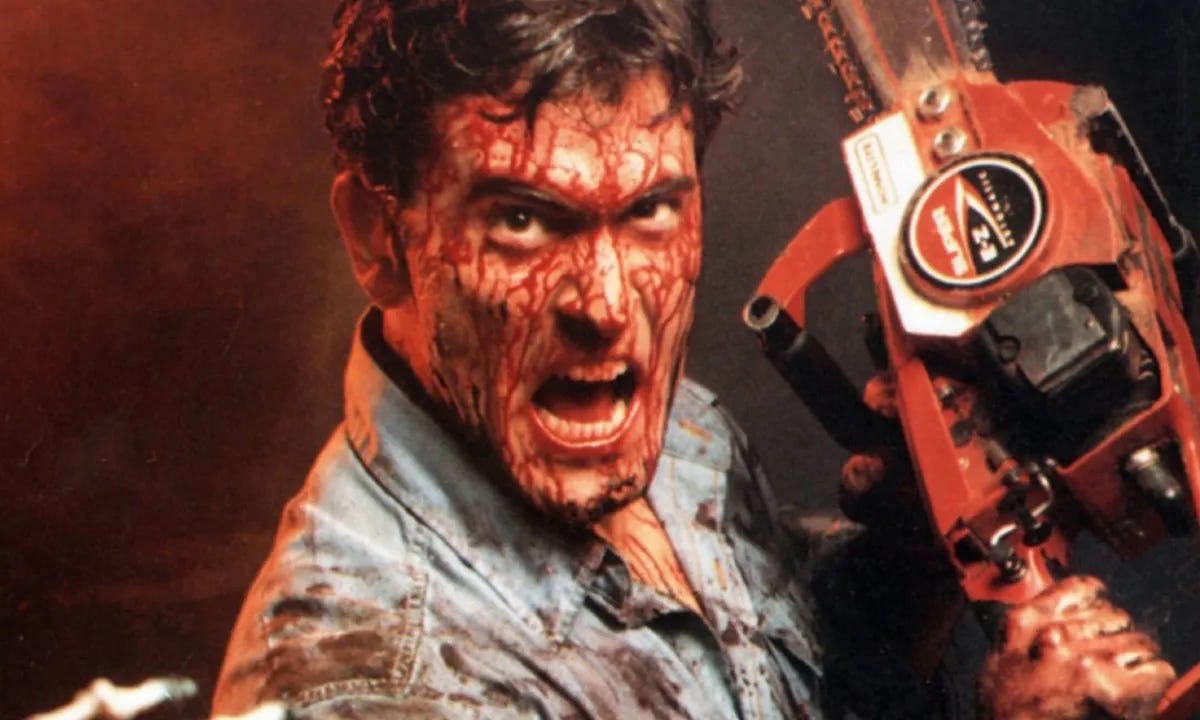How To Break Rules in Your Horror Script
But don't... or do... but not really... unless you think you can.
The first thing you hear about writing scripts is that there are a lot of rules, and if you break them, you’ll never get read or sell a script. And yet, people like John August and Craig Maizen say THERE ARE NO RULES! … AND YET, there is an entire industry dedicated to teaching screenplays to a particular paradigm. Why? Because Hollywood operates on the principal of needing a known quantity.
Be it a star, a proven IP, or genre, most execs have their job hanging in the balance of making things that turn a profit. The safest way to do that, is to give out the familiar thing… but this isn’t about sequel exhaustion. This is about scripts. Believe it or not, the way movies are structured is a victim of the same mentality.
While Western narratives have existed for centuries, and we have had the idea of a 3-act structure burned into our brains culturally, the hero’s journey in cinema was not the gold standard until after Star Wars. Sure, you can point to a dozen old westerns that followed the tropes, but the idea that every adventure must have a herald/call to action that leads a young idealistic nobody to a mentor and yada yada— Star Wars.
Before digital cinema, when there were only 3 true well-known film schools, the Syd Fields and Bob McKees taught a methodology that an entire generation of writers adopted. Save the Cat is the ultimate evolution of this paradigm, and is the book most execs now consult to be better readers. That means certain structures and arcs have become expected, and if you don’t follow this paradigm, you may indeed be ignored. So what does this have to do with horror movies?
First thing, if you want to make indie films— do whatever you want. Really. You think Skinamarink or Terrifier were written worrying about the rules? One great thing about horror, you can get weird, and there will be people who love it. But what if you want to write a horror film that has a wider audience by being more accessible?
There are three rules about breaking the rules (enjoy that irony). The first is that the less traditional you are, the narrower your audience becomes. That’s just a truth and you should adjust expectations accordingly. It’s obviously important to know your audience, and also know what journey you want your script to take, so keep this in mind.
Second, and this one is an old (but true) adage. You have to know the rules before breaking them. When there is a paradigm shift in cinema, it’s because somebody got away with breaking the rules. When it’s done well, Hollywood will actually change its rules to now include the thing that worked. The entire reason I’m writing this piece is because we have seen several examples in the last couple years of rules being broken in horror and the movies blowing up as a result.
Only two types of people can really break the rules. Those who know them already and know how to subtly play with them… or the truly young and ignorant who have raw talent and just followed their instincts and blow everyone away. The main problem with breaking the rules, is that pretty much everyone assumes they are one of these two types, but probably aren't. You want proof of this? Look at literally every crime movie that came out after Pulp Fiction in the 90s. Not to be a dick, but if you’ve only written one or two scripts, you probably don’t know all the rules.
But to the point of knowing how to subtly play with the rules…
The third rule of breaking the rules, which is really the only actual rule, and is the ultimate secret to pull this off… ready… break ONE rule. That’s it. I’ve edged you along with film history, a rant about the industry, and celebrating a few recent horror films and it all just comes down to that. Break. ONE. Rule. If you break more than one you run the risk of things becoming nonsensical.
Look at the key elements that go into building a screenplay— character, structure, POV, tone, and genre expression. If you break just ONE of these but stick to the rest, you will blow some minds. Here’s some examples from recent horror films.
Talk To Me comes out swinging. In supernatural stories, structurally speaking, much time is spent usually establishing the lead and their world. When something spooky happens to them, you generally run out the first act with them not being believed, because if people do believe, suddenly we live in a world where ghosts are real and everyone knows and nothing is scary.
Talk to me eschewed all of this. When Mia takes the hand, it works INSTANTLY. Not only that, all her friends know it worked, and they film it and make a game of it. This completely breaks the rules when it comes to structuring a supernatural story, but it is so fast-paced and guttural, we don’t question it.
Example two is Barbarian, which breaks the rules of POV by completely shifting to a new character. The trick to making it work of course is that eventually AJ’s story dovetails back into what Tess was experiencing. The journey of getting AJ back to the house is a fun experience, so we forgive having the rug pulled out from under us.
Eastern narratives, specifically the paradigm of KISHOTENKETSU makes more frequent use of this. There’s even a standard for it in horror— Psycho. Hitchcock gave us nearly half the movie as Marion’s story before she meets Norman and takes a shower. If there was ever a rule writer’s have lived by, it is probably “don’t kill your lead half way through the movie.”
There are countless examples of characters, genre, and tone being broken. Evil Dead 2 and Army of Darkness break the rule of only breaking one rule by breaking all three. Are the horror films? Action Films? Comedies? Yes. Does Ash ever reply change or have an arc? No. That’s why he rules.
At its core, horror exists to break expectations and rattle the viewer, so there’s no other genre that can get away with doing the unexpected. Kill your lead at the end. Have your slasher soul jump into the body of his niece and make her a killer even if you never established rules for that. Bring people back from the dead. Just do it consistently amidst some type of structure, and it just may work. Or it may not.
And finally, of course, I have to plug my own book— the Scary Movie Writer’s Guide, which does not talk about breaking the rules, but does its best to tell you what all those rules are so you can convince yourself you’re good enough to break them!





